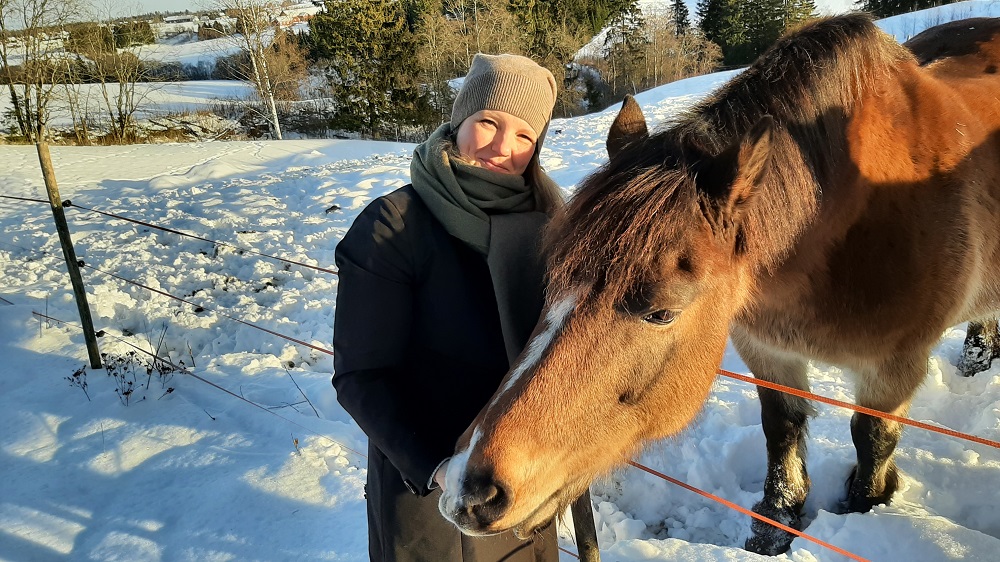Helene Seljenes Dalum has carried out research on what causes veterinarians to have suicidal thoughts. In June, she completed her doctorate at IMB, which brought her a little nearer to discovering the reasons behind the statistics.

Helene Seljenes Dalum has researched the reasons for the high suicide rate among veterinarians. Foto: Private
An earlier Norwegian study showed that the suicide rate amongst veterinarians was double that of the general population during the period from 1960 - 2000.
Veterinarians who often euthanise animals are more likely to have serious suicidal thoughts, compared with veterinarians who seldom put animals to sleep. This was revealed by Dalum's study (the NORVET project) which was recently published in the journal BMC Psychiatry.
The correlation is a new discovery
Dalum invited all the veterinarians in Norway to answer an extensive questionnaire and received answers from about 2,600 of them, or 75 % of all those contacted, which is a high response rate.
It has been suggested that euthanising animals is a risk factor for suicide among veterinarians. Previous studies carried out in other countries have shown that veterinarians feel that putting animals to sleep is distressing and that it leads to moral strain and work stress. The correlation between euthanasia and suicidal thoughts is a new discovery that needs to be confirmed by further studies, says Dalum, who is a veterinarian herself.
Veterinarians have more positive attitudes to euthanasia
Euthanasia or assisted dying in humans means that one ends a person's life at his or her freely given request, or that one helps a person to take his or her own life. This is illegal in Norway, but is an ongoing subject of discussion. Attitudes to euthanasia in humans can perhaps tell us something about people's attitudes to death.
For many veterinarians, euthanising animals is part of the job. We found that those who worked with family pets had more positive attitudes to euthanasia for humans than other veterinarians, explains Dalum.
They want more training in demanding situations
Nearly 30 % of veterinarians in Norway have felt that life was not worth living during the last year, 5 % have experienced serious suicidal thoughts and one in 500 has tried to take his or her own life.
Little research has been done on the possible causes for the high suicide rate among veterinarians. The NORVET study indicates that euthanising animals can pose a particular risk factor for this professional group.
In several studies, veterinarians say that they receive too little training in how to tackle demanding clinical situations, such as euthanasia. It is positive that mental health now figures on the agenda among veterinarians, comments Dalum.
Helene Seljenes Dalum currently holds a post as researcher at the Institute for Studies of the Medical Profession (LEFO).






